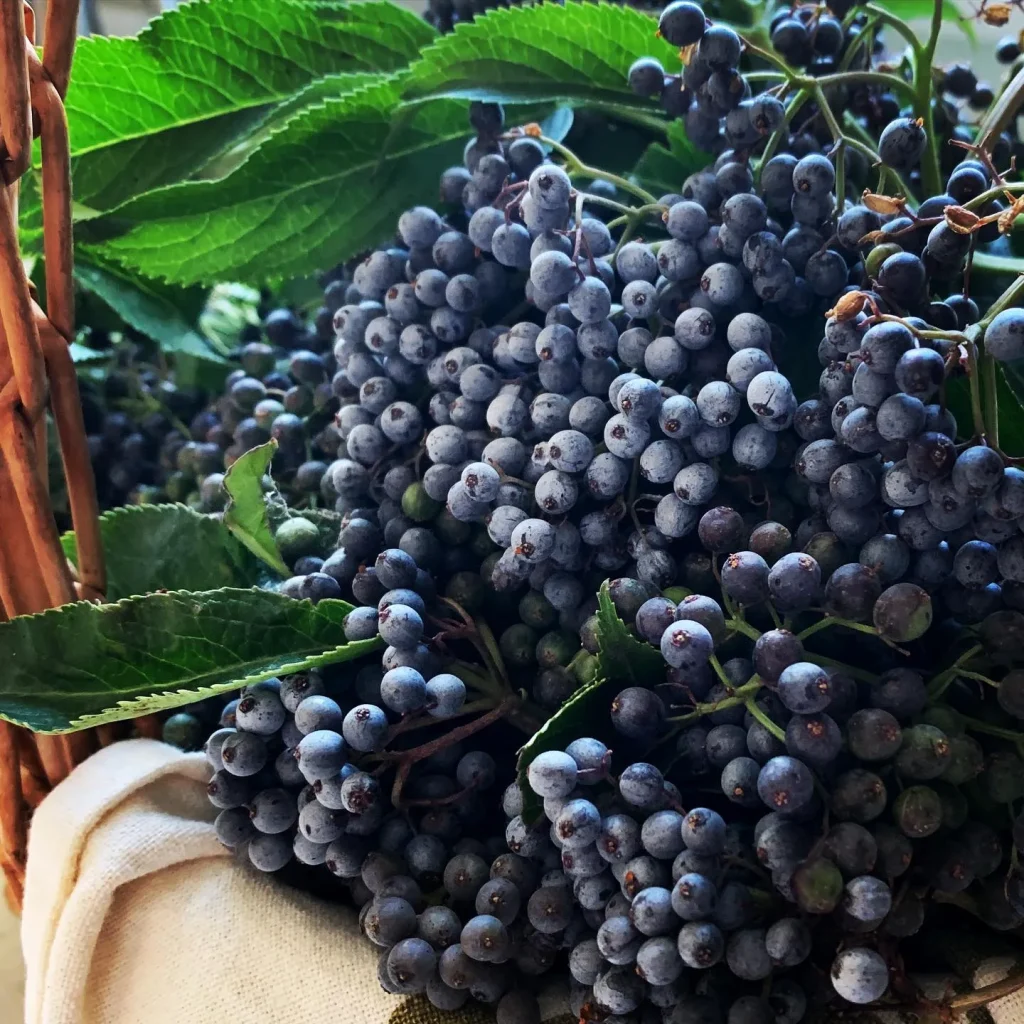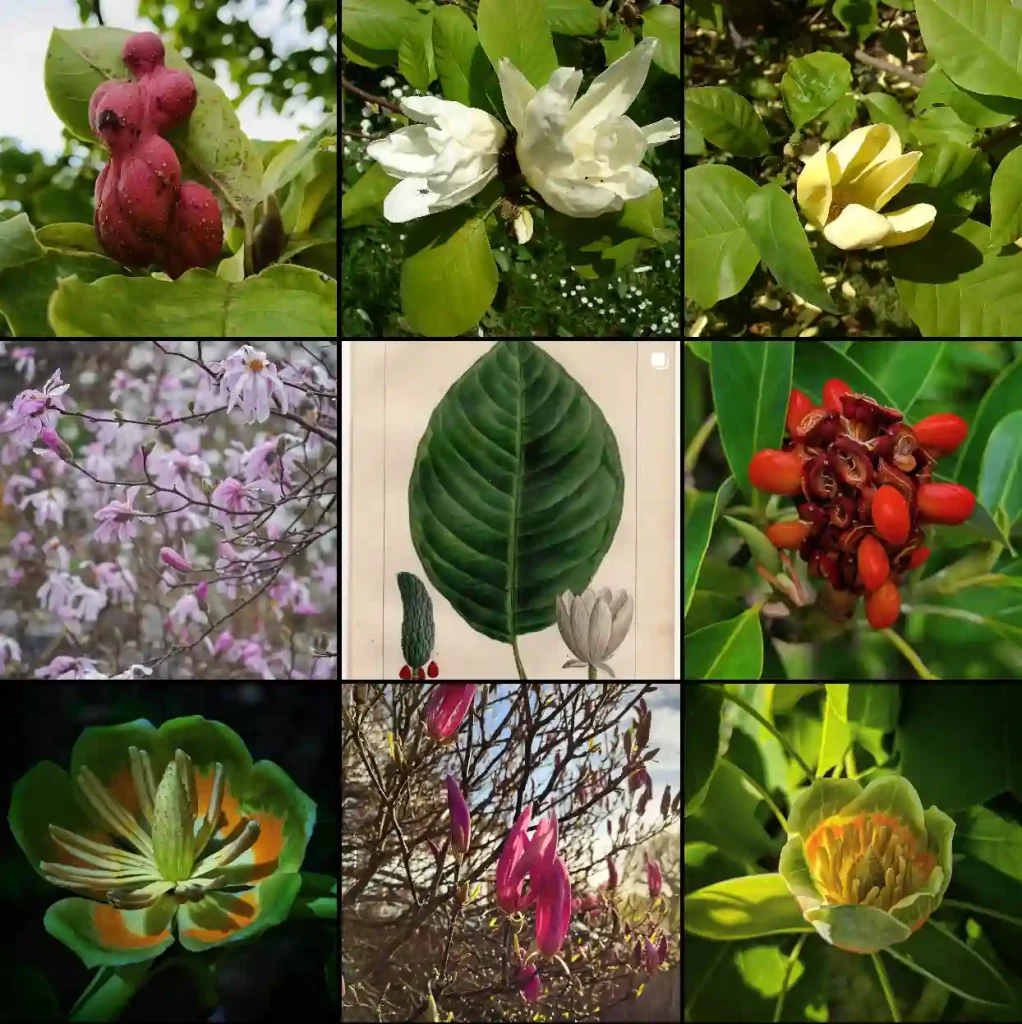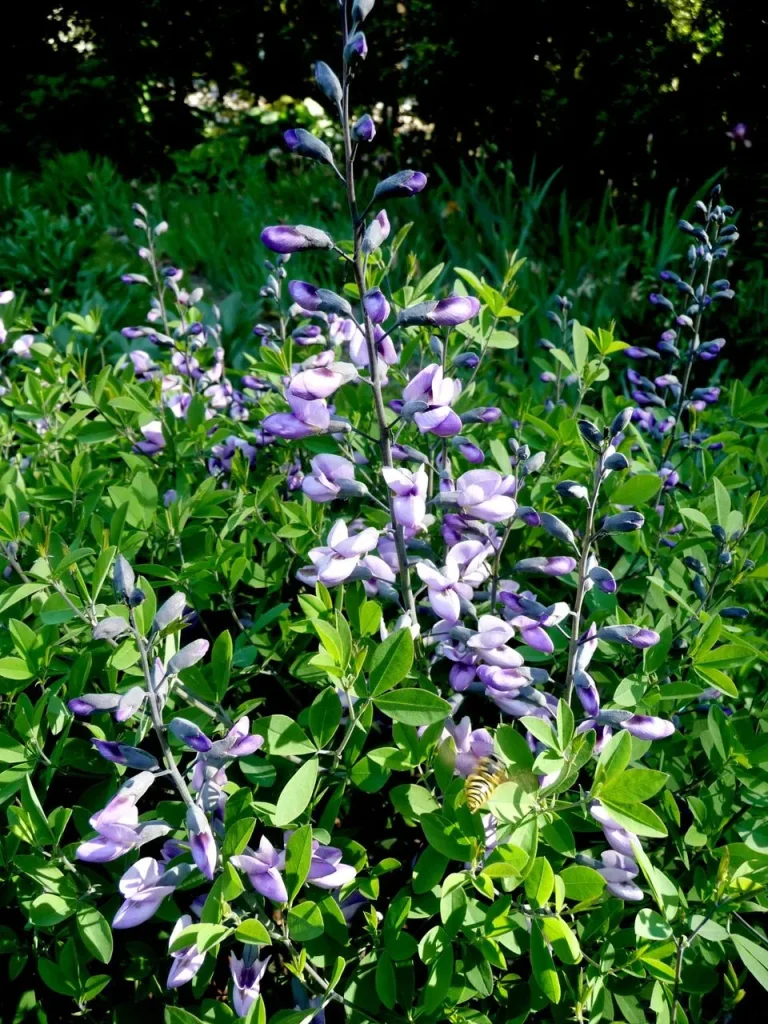Arundo: A Giant Among Grasses
My name is Ferb Vu, and I’ve always been fascinated by the natural world, especially the diversity and resilience of plant life. Lately, I’ve become particularly interested in the genus Arundo, a group of robust perennial grasses belong to the Poaceae genus. These aren’t your typical lawn grasses; they can tower over you, reaching heights of up to 10 meters! Their sturdy stalks and expansive leaves have captured my attention, and I’ve been delving into their biology, ecological impact, and potential uses.
Species within the Genus Arundo
The Arundo genus is relatively small, containing only a handful of recognized species. Here are the ones I’ve come across in my research:
- Arundo donaciformis: This species is a less common variety of giant reed that shares similarities with Arundo donax, but is generally smaller in size and has finer, narrower leaves. It often thrives in warm, subtropical regions and serves as a low-maintenance ornamental grass. While it lacks the imposing stature of A. donax, it still forms attractive, dense clumps, making it suitable for landscaping as a background or border plant.
- Arundo donax: Known as giant reed, Arundo donax is a robust and tall perennial grass native to the Mediterranean and parts of Asia. This species can reach heights of 20 feet, with its towering, bamboo-like stems and broad, green leaves. Due to its fast growth, A. donax is often used for erosion control, as windbreaks, or for biofuel production. However, it’s also invasive in certain regions, where it spreads aggressively, especially along waterways. – Plant FAQs: Arundo Donax – Giant Reed
- Arundo formosana: Originating from Taiwan, Arundo formosana is a rare and striking grass that can reach moderate heights with delicate, graceful foliage. This species is recognized for its adaptability to moist soils and its ability to grow in both full sun and partial shade. A. formosana is valued as an ornamental grass due to its lush, bushy appearance, adding texture and color to landscapes while staying relatively compact compared to other Arundo species.
- Arundo micrantha: A smaller and more delicate species, Arundo micrantha is native to certain areas of the Mediterranean. It is a versatile grass, often found in rocky or marginal soils, where it has adapted to drier conditions. Unlike the giant Arundo donax, A. micrantha remains compact, making it suitable for ornamental use in gardens where a subtler, less invasive grass is desired. Its fine, thin leaves and slender form add a refined touch to naturalistic landscapes.
- Arundo plinii: Arundo plinii, also called the Italian reed, is another Mediterranean species that resembles A. donax but is generally shorter and has narrower leaves. This species thrives in dry, sunny environments, making it more suitable for arid climates. Due to its height and hardiness, A. plinii can be used for erosion control or as a barrier in gardens and landscapes. Its reed-like structure and subtle flowering spikes add an architectural element, especially in xeriscapes.
Ecological Impact and Economic Uses
Arundo species, particularly A. donax, are a bit of a double-edged sword. On one hand, they possess qualities that make them valuable resources. Their rapid growth and substantial biomass production make them attractive candidates for biofuel production. Additionally, their strong stalks have been traditionally used for crafting various items, from fishing rods to musical instruments.
However, the same traits that make them useful also contribute to their invasive potential. A. donax, for example, has escaped cultivation and established itself aggressively in many regions around the world. It outcompetes native vegetation, disrupts water flow, and increases fire risk. This has led to extensive efforts to control its spread and mitigate its ecological impact.
The Future of Arundo
Despite the challenges posed by invasive Arundo species, I believe there’s still much to explore and appreciate about this genus. Ongoing research is focused on harnessing its potential for bioenergy and bioproducts while developing effective management strategies to minimize its negative impacts. I’m eager to see how our understanding and utilization of Arundo evolve in the years to come.
If i die, water my plants!



